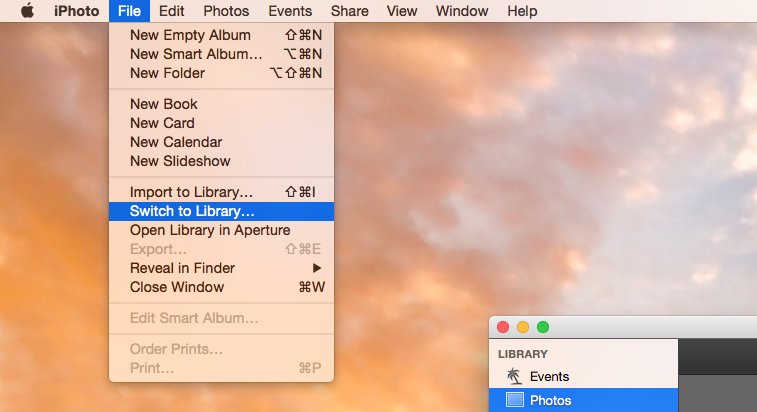

- #CAN YOU SAVE ON EXTERNAL HARD DRIVE MAC AND PC HOW TO#
- #CAN YOU SAVE ON EXTERNAL HARD DRIVE MAC AND PC FOR MAC OS#
- #CAN YOU SAVE ON EXTERNAL HARD DRIVE MAC AND PC FOR MAC#
- #CAN YOU SAVE ON EXTERNAL HARD DRIVE MAC AND PC MAC OS#
- #CAN YOU SAVE ON EXTERNAL HARD DRIVE MAC AND PC PASSWORD#
Moreover, we have mentioned SSDs as well for those who want higher data transfer speed.
#CAN YOU SAVE ON EXTERNAL HARD DRIVE MAC AND PC FOR MAC#
#CAN YOU SAVE ON EXTERNAL HARD DRIVE MAC AND PC HOW TO#
If you have a PC, you can also find out how to format a hard drive on Windows. Now that you know which format to use, check out our guide on how to format your hard drive on a Mac. With exFAT, you can store files of any size, and use it with any computer made in the last 20 years. If you want to format your external hard drive to work with Mac and Windows computers, you should use exFAT. But hey, if you got your Mac and PC within the past two decades, then it’s safe to say that FAT32 vs exFAT has a clear winner.
/001_how-to-use-itunes-on-an-external-hard-drive-1999245-5c2d1b4b46e0fb0001918992.jpg)
#CAN YOU SAVE ON EXTERNAL HARD DRIVE MAC AND PC MAC OS#
The oldest Windows OS that exFAT can work with is Windows XP SP3, while the oldest Mac OS is Mac 10.6.5 Snow Leopard. But since it’s new, it’s not compatible with older operating systems. Much like the previous version, exFAT also works with both Mac and Windows operating systems. Now, exFAT is the newer version of FAT32, and it solves most of the problems with the previous format. Although it can create a 2TB drive partition in Macs, it still has the 4GB file limit. Another disadvantage is that it can’t create drive partitions larger than 32GB in Windows. So if you get an error that says “the file is too large for the destination file system,” then it’s probably because the file you’re trying to move or copy to a FAT32 drive is over 4GB.

One of the top disadvantages of FAT32 is that it can only accommodate files that are up to 4GB in size. However, it’s not very compatible with new technologies. One of the oldest file systems today, FAT32 works with all versions of Mac and Windows operating systems. So, when it comes to HFS+ vs APFS, it all depends on how new your Mac is. However, you need third-party apps to do that, and, at the moment, none of them are free. It’s also possible to read and write APFS drives in Windows. On top of all that, APFS is also compatible with older operating systems that are still using traditional HDD (hard disk drives). So, NTFS vs HFS+ all depends on what computer you are using. Unlike NTFS, which is partially compatible with Mac computers, HFS+ is not compatible with Windows computers at all.
#CAN YOU SAVE ON EXTERNAL HARD DRIVE MAC AND PC PASSWORD#
In short, file and folder names in this file system are case-sensitive and will require a password and encryption. This format has all three features of the file systems above.
#CAN YOU SAVE ON EXTERNAL HARD DRIVE MAC AND PC FOR MAC OS#
Hierarchical File System Plus (HFS+) was developed by Apple for Mac OS X. It can work with Linux operating systems.You can store files as large as its partition size.It can have partitions as large as 16 million TB.However, you can’t write or delete files from a Mac.Īside from all that, NTFS has several cool features, including: And unlike HFS+, it can actually work on Mac computers too. Understandably, it is the default file system for Windows PCs. But contrary to its name, it’s a rather old file system that was developed by Microsoft decades ago and launched in 1993. NTFS is short for New Technology File System.


 0 kommentar(er)
0 kommentar(er)
